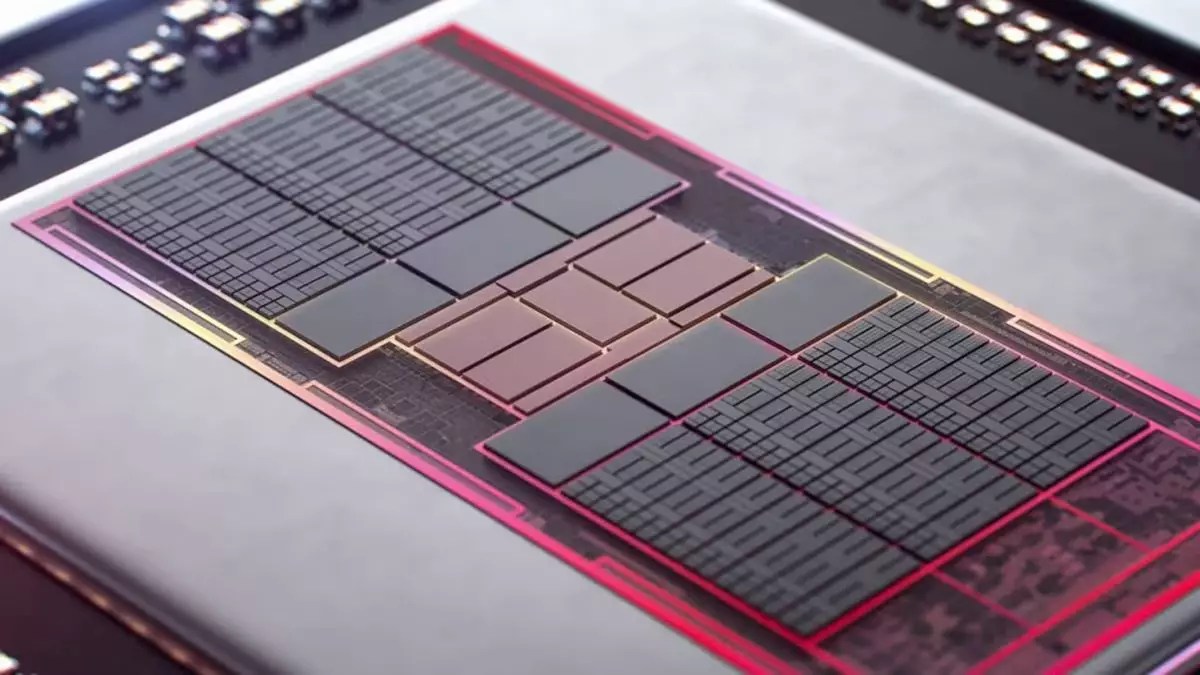AMD has been hard at work updating its Linux GPU kernel driver, shader compiler, and open-source code sources to prepare for the upcoming launch of its next-generation graphics architecture. The recent addition of almost 24,000 lines of code for GFX12, also known as RDNA 4, to the Mesa open-source graphics library signals that AMD is gearing up for a new release.
With the introduction of RDNA 4 on the horizon, many are curious about what improvements or enhancements AMD will bring to its next GPU architecture. Given the performance challenges faced by the current RDNA 3 in comparison to Nvidia’s Ada Lovelace-powered RTX 40-series, areas such as ray tracing, machine learning performance, and power efficiency are key areas of focus for AMD.
While AMD’s fundamental rendering performance is solid, there are specific areas where the current architecture falls short in comparison to Nvidia’s offerings. RDNA 3 lacks dedicated hardware for BVH traversals and machine learning calculations, relying on a combination of ‘AI accelerators’ and shader units instead. Additionally, power consumption remains a concern, with peak power demands and idle consumption higher than competitors.
Rumors suggest that AMD may be adjusting its strategy for RDNA 4, potentially focusing more on the mid-range and mainstream markets rather than pursuing high-end offerings. This shift could mean a move away from complex multi-chip designs towards a more streamlined approach for improved power efficiency and performance.
One positive aspect of AMD’s preparations for RDNA 4 is the strong driver support and compatibility, as evidenced by the recent updates to the Linux GPU kernel driver. This readiness bodes well for the transition to DirectX markets, reassuring customers that AMD is well-prepared for the upcoming launch of its new architecture.
As AMD inches closer to the release of RDNA 4, anticipation grows for the potential improvements and advancements it will bring to the GPU market. By addressing key areas such as ray tracing, machine learning, and power efficiency, AMD has the opportunity to capture a larger share of the market and compete more effectively with its rivals. While the exact details of RDNA 4 remain unknown, the groundwork laid by AMD’s software engineers suggests that exciting developments are on the horizon.


Leave a Reply